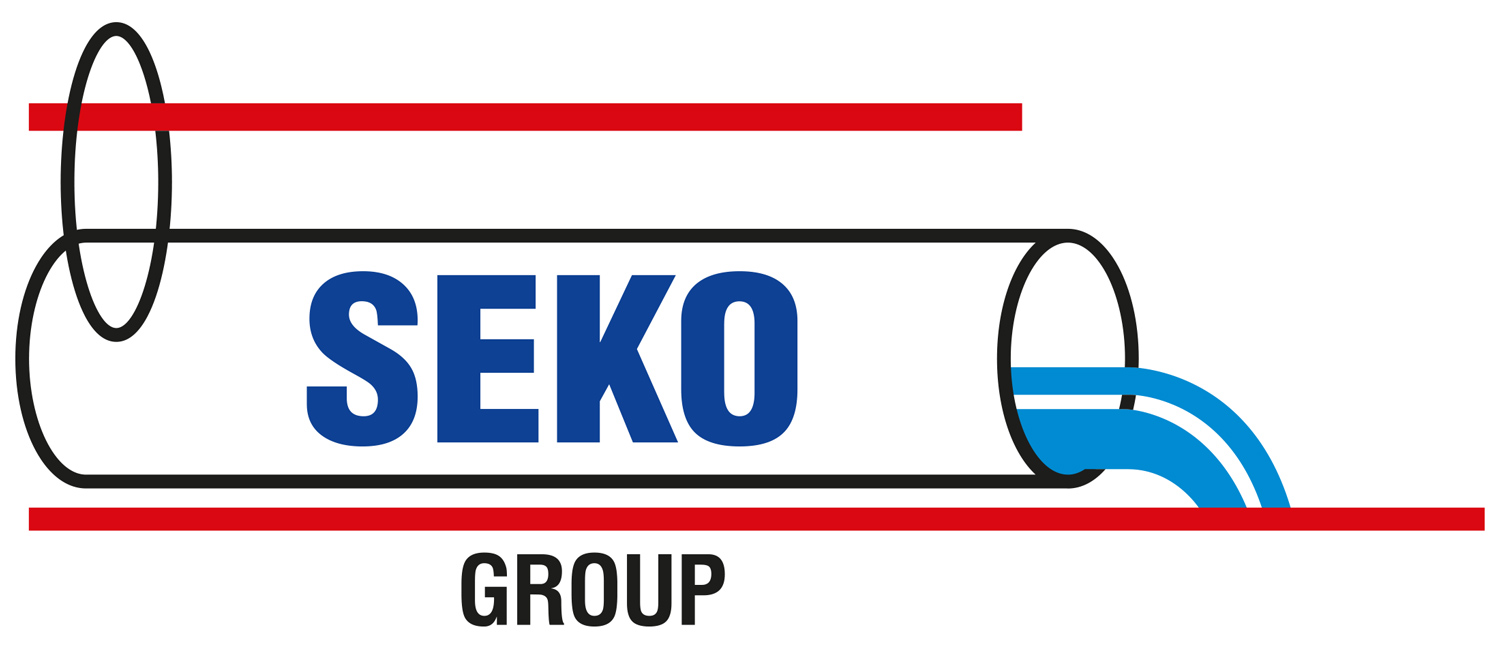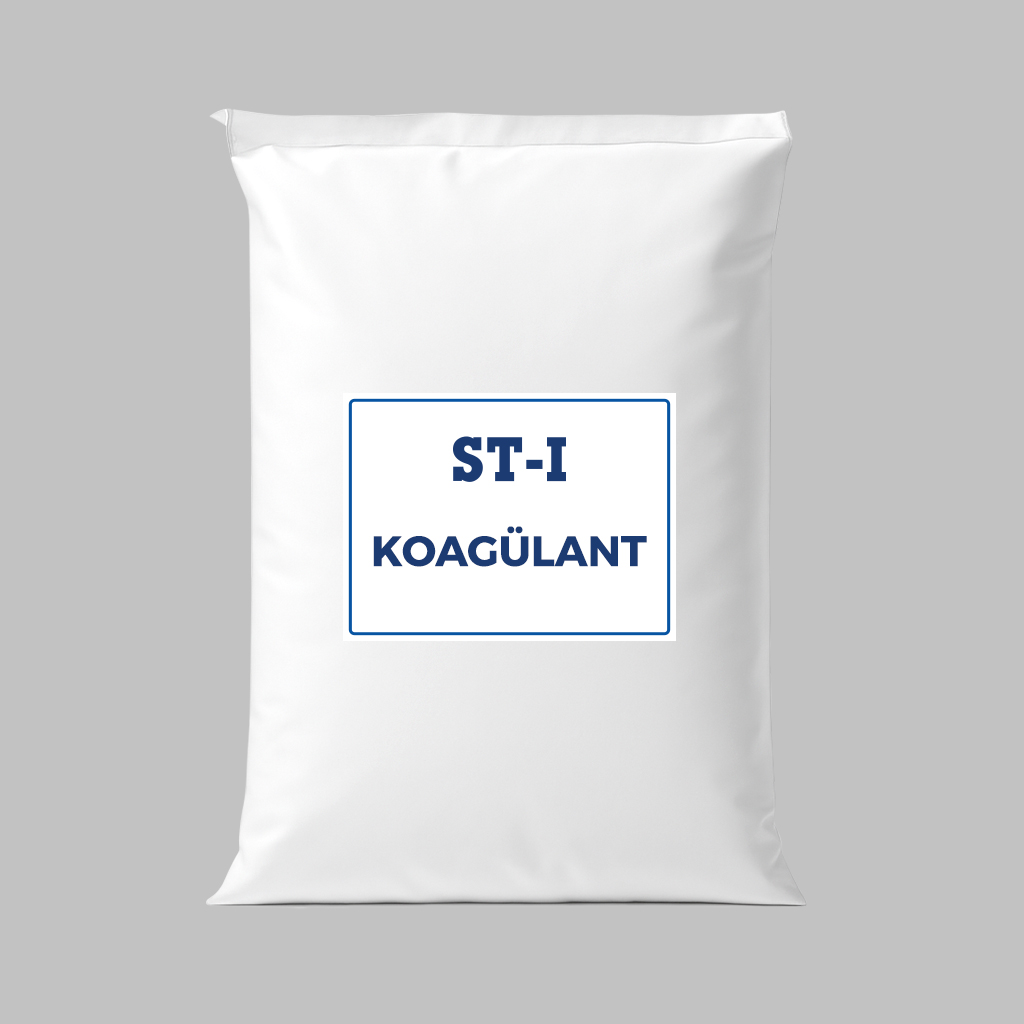Coagulants
Coagulants; Pollutants targeted for removal in wastewater carry electrical charges on their surfaces, which can be either positive or negative. Since these pollutants have the same electrical charge, they repel each other in water—just like the same poles of a magnet—and therefore cannot flocculate and settle. Coagulants are used specifically to overcome this issue. Coagulants are mainly divided into two groups: anionic and cationic. They are selected based on carrying the opposite charge of the pollutant in your wastewater. Cationic coagulants are preferred for pollutants with negative charges, while anionic coagulants are used for pollutants with positive charges. Both anionic and cationic coagulants are also classified according to their molecular weights.

